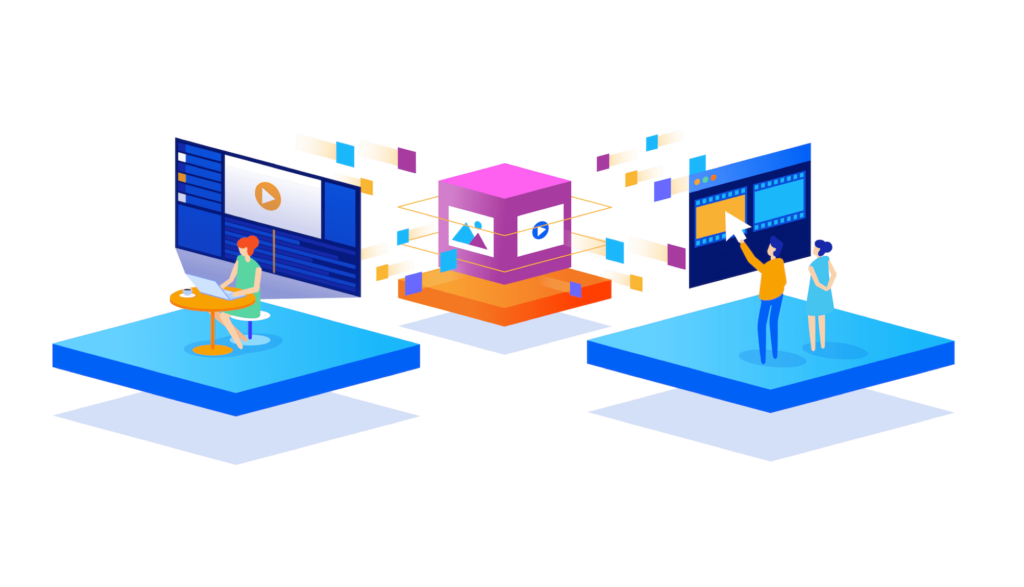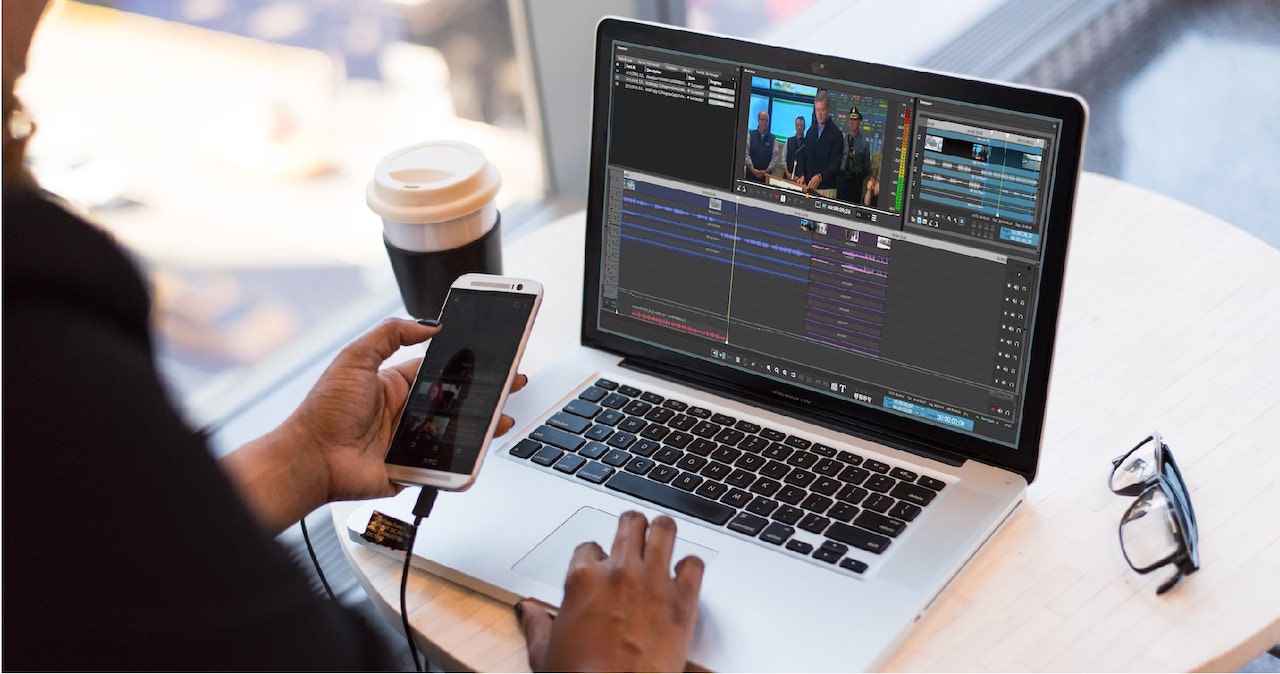Fierce competition for viewers along with a rapidly changing multiplatform environment has put newsrooms under immense stress.
In the space of just a few weeks, news broadcasters have had to discard a lifetime’s worth of practices and hard-earned experience as anchors and reporters are dispatched to their homes where they continue to broadcast, but not always with the same technical finesse as viewers are accustomed to. And yet viewers are adaptable and readily accepting this vastly more ad-hoc content, while still appreciating high quality production where it’s possible.
At the same time, as experienced broadcast practitioners deal with the fastest and most dramatic changes of their lifetimes, video is being distributed on more platforms, to more devices, in more places than ever.
Viewers rely on traditional broadcasters
Despite all of this, viewers still rely on traditional broadcasters. Even though social media is encroaching, when it comes to news, the world turns to familiar faces and channels. In fact, according to the Edelman Special Trust Barometer Report on COVID-19 (March 2020), the most relied-on source of information is mainstream news organizations: the major news outlets are relied on nearly twice as much as global health organizations (like WHO) or national health organizations (like the CDC). 54% of young people rely on social media and 56% on mainstream media, while people ages 55+ rate mainstream media as nearly three times more reliable than social.
In the face of the new, socially-distanced reality, broadcasters have little choice but to rapidly pivot towards remote workflows, not just because this is an emergency, but because this could easily become the new normal.
News moves from Hub to Home
Until recently, the big challenge blocking a viable in-the-field or remote editing workflow was the costly and somewhat limiting infrastructure that was needed for even the most basic working system. Dedicated hardware, additional layers of security for accessing the central storage hub, and the difficulty of navigating VPNs limited broadcasters’ ability and willingness to deploy and scale at will. Vital collaboration between users was poor or lacking completely.
To address these challenges, Dalet Galaxy five supports cloud-based workflows, using “intermediate media” to reduce performance issues and leverage cloud-based infrastructure to scale. Working in the cloud this way also reduces security issues as there is no need for a VPN or any VDI-like connection or a direct connection to the main content hub. This approach, which minimises overheads and keeps costs low, is immediately attractive to broadcasters and media companies, while giving editors and journalists a much better experience in the field and when working from home.
Proxy editing enables a seamless remote editing experience, from home or the field
Dalet OneCut, which is typically used in the newsroom to package stories, can be used – without limitations – in the field and at home. Its proxy editing capabilities mean working with lightweight files and lower bandwidth requirements, allowing journalists to work almost anywhere – even on a mobile phone connection. Because Dalet OneCut is a component of the Dalet Galaxy five platform, journalists can connect to the production hub and securely access assets, archives and resources. It’s almost the same experience as working inside the newsroom. Journalists can pick up story assignments, retrieve assets and mix with local content, assemble packages and submit for distribution. Dalet’s smart caching protocol and secure connections to content hubs, archive systems and servers offer a friction-free exchange of resources and assets to keep the news content and stories flowing fast from anywhere.

Journalists can mix the content from the central hub with their local content (media on a laptop or desktop). It’s a simple search and retrieve process – users don’t even need to know where the content lives. Reporters can share EDLs with colleagues and the production center, which is particularly important when sending a story back to the main news hub for finalization or developing a storyline for collaboration with colleagues. It’s fast, efficient and easy-to-do. And when the package is finished, Dalet Galaxy five offers a clever way of downloading and uploading only the media that is needed for the project edit-and-render, so the system is never bogged down.
Mainstream news production operations have, for decades, been typically on an enterprise scale with technology and equipment that can’t easily be moved out of the building and into the field. But remote working – and even presenting – is today’s reality. The world can work efficiently anywhere.
The benefits of this type of workflow are many – too many to list in our blog. If you have additional requirements, please contact us. We are here to help in any way we can!

Featured in: Broadcast | Editing | News Production | Remote Work |




